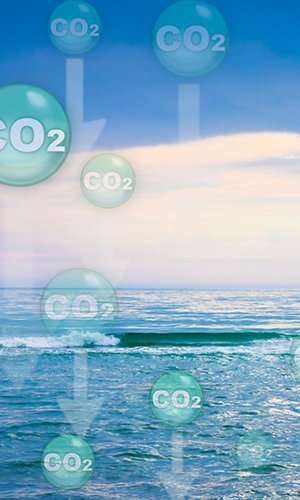Technologies for carbon dioxide removal (CDR) from the atmosphere are essential to limit global warming. All of the IPCC emission scenarios involve the use of these technologies. A study led by the Mercator Research Institute on Global Commons and Climate Change and published in Nature Climate Change calculated that these technologies will not solve the problem and that in 2050 we could find ourselves with a capacity gap of 3.2 billion tonnes of CO2 (GtCO2). Carbon dioxide removal (CDR) refers to the sequestration of CO2 from the atmosphere through intentional activities and its storage in terrestrial, oceanic or geological reservoirs. Examples include planting trees on previously cleared or unforested land, carbon sequestration in agricultural soils, bioenergy production with carbon capture and storage, fertilisation of oceans to stimulate their biological production, and direct capture of CO2 from the air.
According to the study, to be able to curb carbon emissions and comply with the Paris Agreement, we would have to limit annual greenhouse gas emissions to 29-33 GtCO2 in 2030 compared to around 55 GtCO2 in 2019, and then reduce them further to 16-18 GtCO2 in 2040 and 8-9 GtCO2 in 2050. Residual greenhouse gases, even in the IPCC's group of best-emission scenarios, will have to be removed with the removal of CO2. According to the authors' calculations, compared to the 5.1 GtCO2 of CDR required in 2050 according to the IPCC's most optimistic scenario, we could at best only remove as little as 1.9 GtCO2. And at worst, we would stop at 0.5 GtCO2.
Moreover, the use of carbon reduction technologies risks being a way to reduce the efforts that every state and individual should make to cut their CO2 emissions. Despite this, CDR is a way forward and scientists suggest focusing on the development of innovative technologies that are still underdeveloped today, such as direct air capture (DAC) and enhanced rock weathering, which today are used to remove a mere 0.002 GtCO2 per year. To date, the most widely used removal techniques are afforestation and similar practices, which capture about 3 GtCO2 per year.




